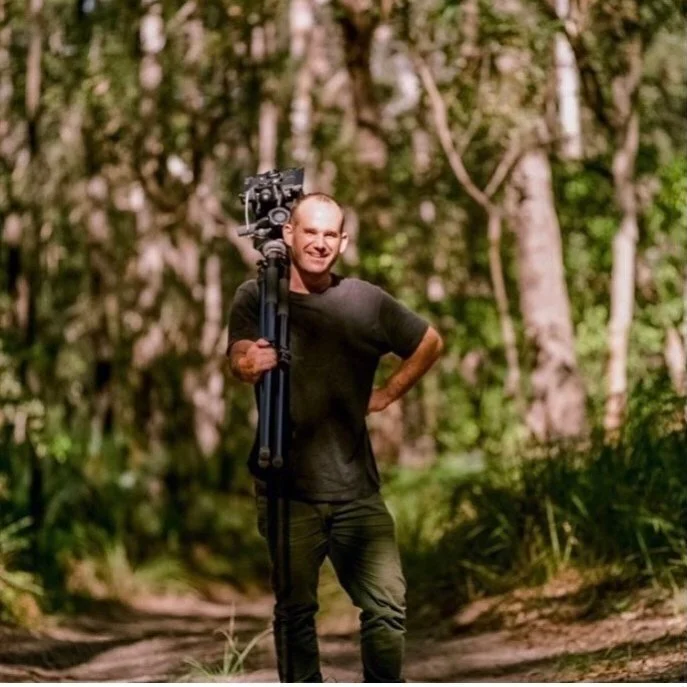About
Emilio Cresciani is an artist and lives and works on Gadigal land (Sydney, Australia). He graduated from Sydney College of the Arts in 2012 in photo media.
His artwork explores the intersection between our modern consumer lifestyle and redundancy, change, waste and altered landscapes. His interest is in objects, structures, and landscape in transition, and in particular the increasing number of ‘non-places’ that fill our environment. Waste centres, derelict service stations, road works, car parks and abandoned factories. Beauty is found in these places of repulsion, neglect or obsolescence.
Art series have included: Inverted images of rubbish emphasise the negative side of consumerism, like an x-ray points out disease. Portraits of people with their weekly waste explored Italo Calvino’s suggestion that we are defined by what we dump. Cracked car windows and night road works are a metaphor for the central place roads play in capitalism. Works explore how our landscape is affected by consumerism - deforestation, contamination, oil slicks. Climate change is explored in works where ice melts onto paper in the dark room.
He has been a finalist in awards including: Earth Photo Award London, Kuala Lumpur Photo Award, Bowness Photography Prize, Northern Beaches Environment Award, Du Rietz Award, Mandorla Art Prize, International Monochrome Awards, National Youth Self Portrait Prize, and Semi Finalist Head On Portrait Prize. In 2020 he received a Dark Matter Residency, PhotoAccess, Canberra.
His work has been in the Daily Telegraph, Sydney Morning Herald, Canberra Times, ABC TV News and Daily Mail. [see News].
He was commissioned by Leichhardt Council to do a heritage photographic documentation of Parramatta Road. He gives talks and runs art workshops for high school students and works as an arts facilitator at Studio Artes.

